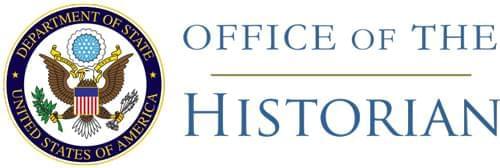1. Editorial Note
In April 1952 Nicaraguan President Anastasio Somoza visited Washington unofficially and told aides to President Harry Truman that he and Carlos Castillo Armas would be able to take care of the Guatemalan problem if they were furnished with military weapons. The prospective rebels had financial backing from Nicaragua and the Dominican Republic, as well as the United Fruit Company. (Nicholas Cullather, Operation PBSUCCESS: The United States and Guatemala, 1952–1954, pages 16–19; available on the Internet at http://www.cia.gov) A May 1 briefing memorandum from Secretary of State Acheson to President Truman on the Somoza visit without any reference to his proposal on Guatemala is printed in Foreign Relations, 1952–1954, volume IV, pages 1369–1371.
A Central Intelligence Agency draft paper of September 4, 1953, provides a history of the early days of the Guatemalan operation. It states: “In November 1951 the first of many meetings was held between Agency officials and [less than 1 line of source text not declassified] to discuss Guatemala.” The memorandum goes on to recount that in early 1952, after a careful survey of anti-Communist Guatemalan revolutionary leaders, “RUFUS,” an early cryptonym for Castillo Armas, was judged to be the only one with “sufficient prestige, character, and ability to organize and lead a successful revolution.” The plan was reviewed and approved; a D-day of November 15, 1952, was selected, and other states in the region offered assistance. “All went well until the shipment had actually left the warehouse en route to New Orleans. The Department of State refused an export license and at a meeting attended by the Under Secretary of State, his Deputy, the Assistant Secretary for Latin America, and representatives of this Agency, refusal of permit was sustained and a directive given that we were not to spark any revolutionary movement.” (Central Intelligence Agency, Job 79–01025A, Box 151, Folder 4)
Action was rescheduled for April 1953, but an unconnected group led by Carlos Simmons attempted a revolt at Salamá, which “led to disaster for those involved” and the arrest of one of Castillo Armas’ key supporters. After the incident at Salamá, the CIA briefing paper indicated, a general apathy and fear apparently weakened the “spirit of resistance and willingness to fight of the 10,000 five-man cells” reportedly organized within Guatemala. The paper admitted that the original military plan “would have little or no chance of success if launched immediately,” but [Page 2] argued that it would be possible to increase the odds to 80 percent in 4 to 6 months. It was recommended that “the trigger only be pulled if and when this prerequisite of 80% has been achieved.” (Ibid.)
